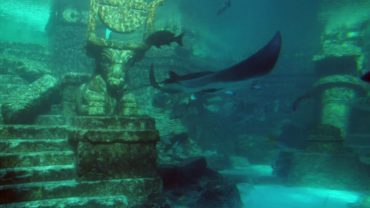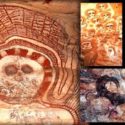Is It the Ancient Inca’s Hydraulic Model in Peru’s Massive Sayhuite Carved Stone?
The heritage monuments, artifacts, and culture of South America are well-known. Several pre-Columbian civilizations that lived on the continent, such as the Aztecs, Sumerians, Maya, and Inca, possessed vast knowledge that scientists are still trying to decipher. Peru is regarded as one of the world’s most intriguing countries. It preserves the secrets of the Nazca petroglyphs, the Ica stones, Ollantaytambo, Machu Picchu, Aramu Muru, and Saywite civilizations.
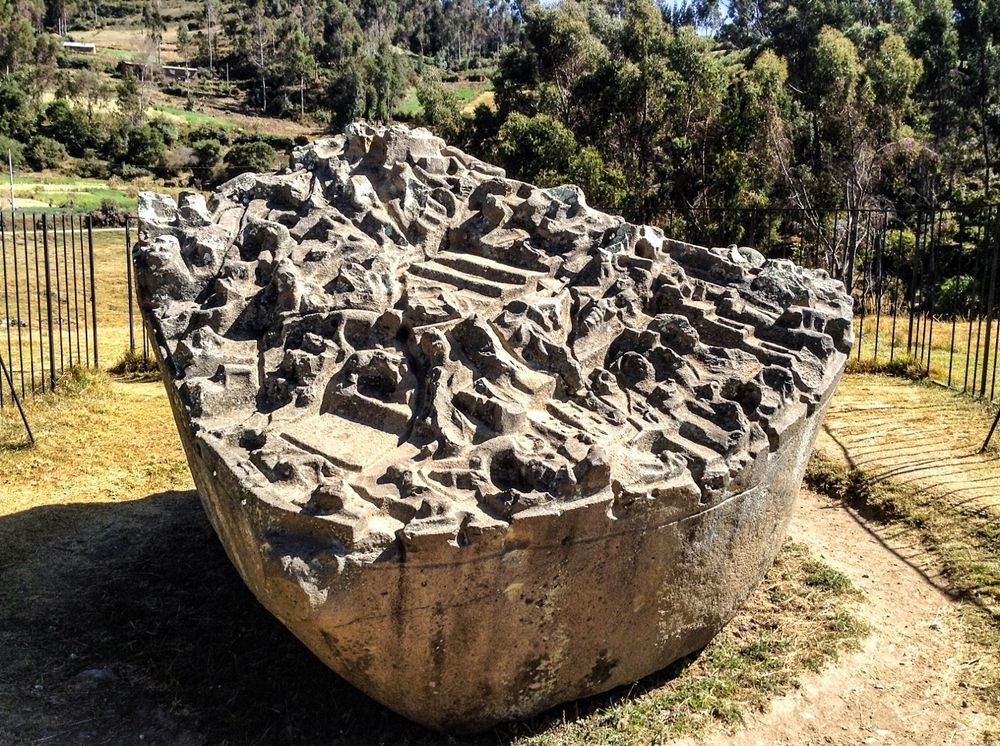
Suite (also Saywite) is a very interesting archeological site in Peru. Some academics believe it was created by the Incas, while others believe it was created by pre-Incan cultures. The suite is located 47 kilometers east of Abancay, Peru’s Apurimac province. From Cusco, the Inca Empire’s former capital, it takes only three hours by automobile to reach this location.
The suite is known as a “holy area” with a concentration on the cult of water. A granite monolith with 200 zoomorphic and geometric motifs depicting primarily felines, frogs, reptiles, and snakes is the most famous feature. There are also octopuses, pelicans, crabs, and monkeys to be found there.
In his book “Monuments of the Incas,” published in 1982, historian and explorer John Hemming reported that the Incas had built a temple near Sayhuite, which was covered in golden plates. The temple was ruled by priestess Asarpay, who committed suicide by plunging into a nearby deep waterfall to avoid being captured by the Spanish conquerors.
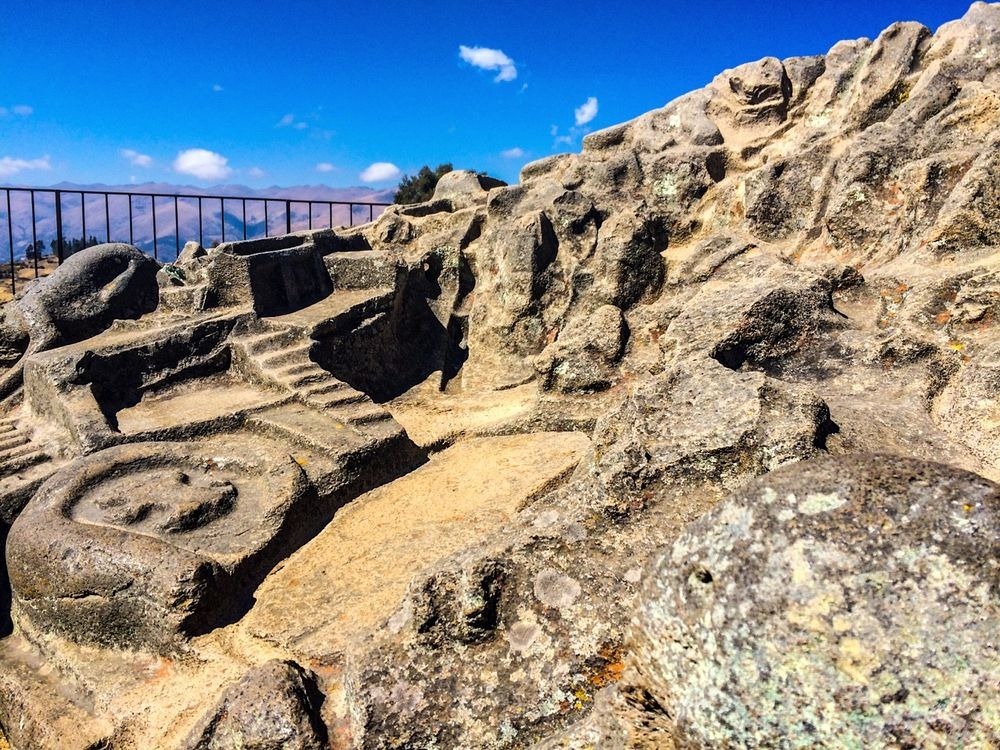
The monolith of Sayhuite is approximately two meters long and four meters wide. The stone is thought to have been linked to the water cult. Regardless, Dr. Arlan Andrews, an American scholar, believes that this monolith is a hydraulic engineering model featuring ponds, canals, terraces, rivers, and other structures on which ancient engineers trained their talents for public water projects.
Even though the stone is constructed of basalt, which is difficult to process, it could have been a practicing tool. However, one theory claims that the Incas learned to make irrigation systems out of stone boulders after putting in a lot of work to process them. Archaeologists are skeptical that the Incas were builders.
Some assume that the monolith at Sayhuite was a representation of the irrigation system. In this version, a large number of zoomorphic images engraved on the stone also appear to be inexplicable elements. The Incas did not attempt to embellish their irrigation systems with a great number of animal sculptures and statues. So why did they cut them out of stone in the first place?
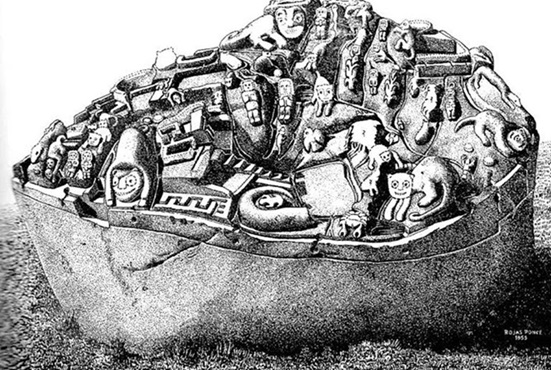
According to several researchers, the Sayhuite monolith was neither a Hydraulic model nor any scale model of the Inca empire. They believe the stone to be a natural habitat map.
The town of Sayhuite is situated at the summit of Concacha Hill. On this hill, however, there are some more interesting relics. Other carved stones include a rock with engraved stairways and rising platforms that has a fissure running through it. It’s also worth noting that all of the engraved stones appear to have been carried to the hill from other areas, implying that all of the rites took place in Suite.
According to Silvia Motta and Adriano Gaspani, there may be a link between the direction of some buildings and astronomical bodies such as the Sun, Moon, and stars in the sky.
Scientists were unable to determine why the stones were erected, but their location in a ritual center suggests that they had religious importance, maybe as a symbolic representation of the universe, as hypothesized by Mota and Gaspani, or as a relation to the cult of water.
“The Incas’ forefathers were nomads who crossed the Bering Strait from Asia,” claims Discover Peru. The Bering Strait connected Siberia and Alaska about 20 million years ago, and it took several thousand years to populate and build cultures in the Americas.”

